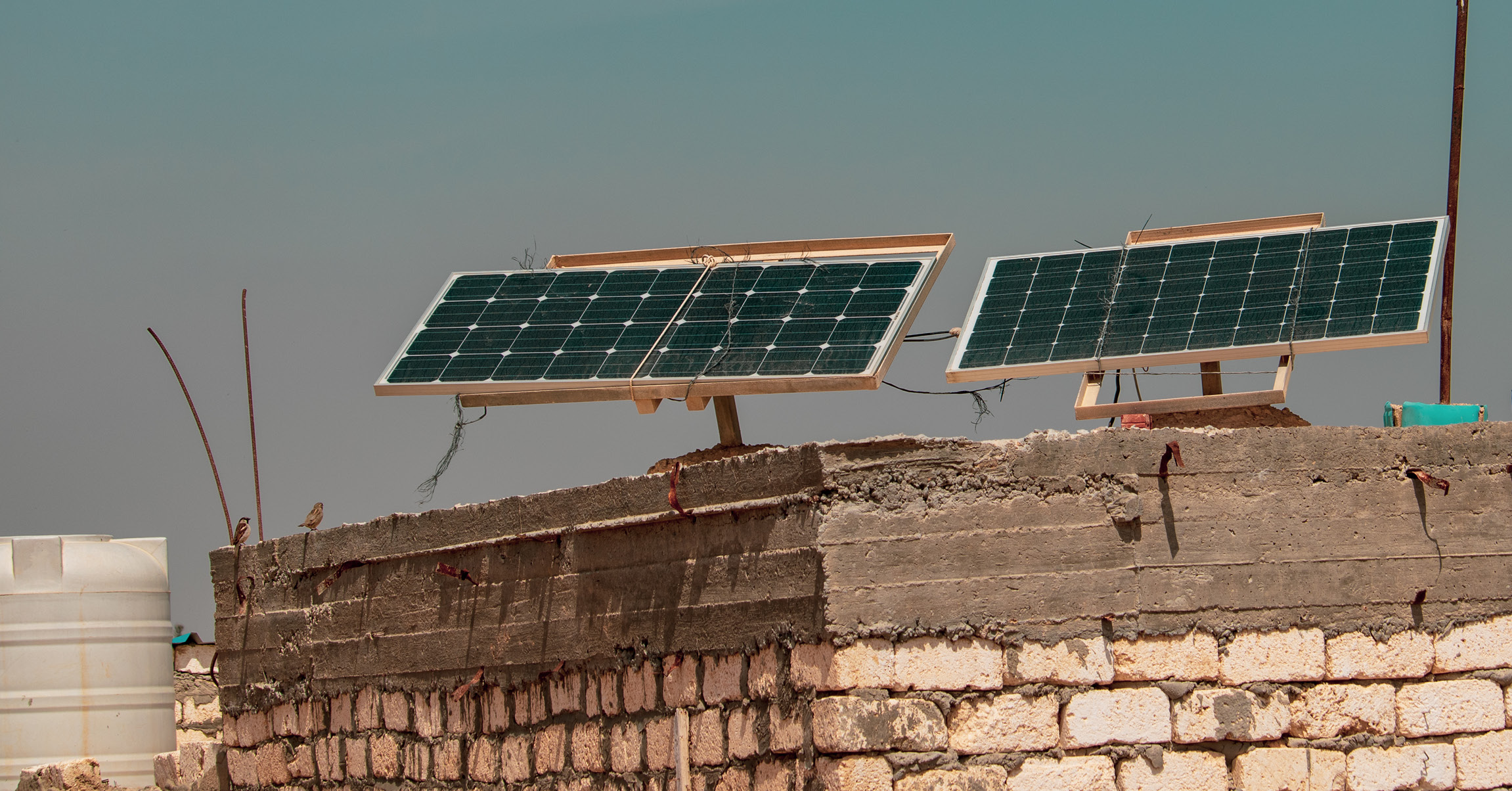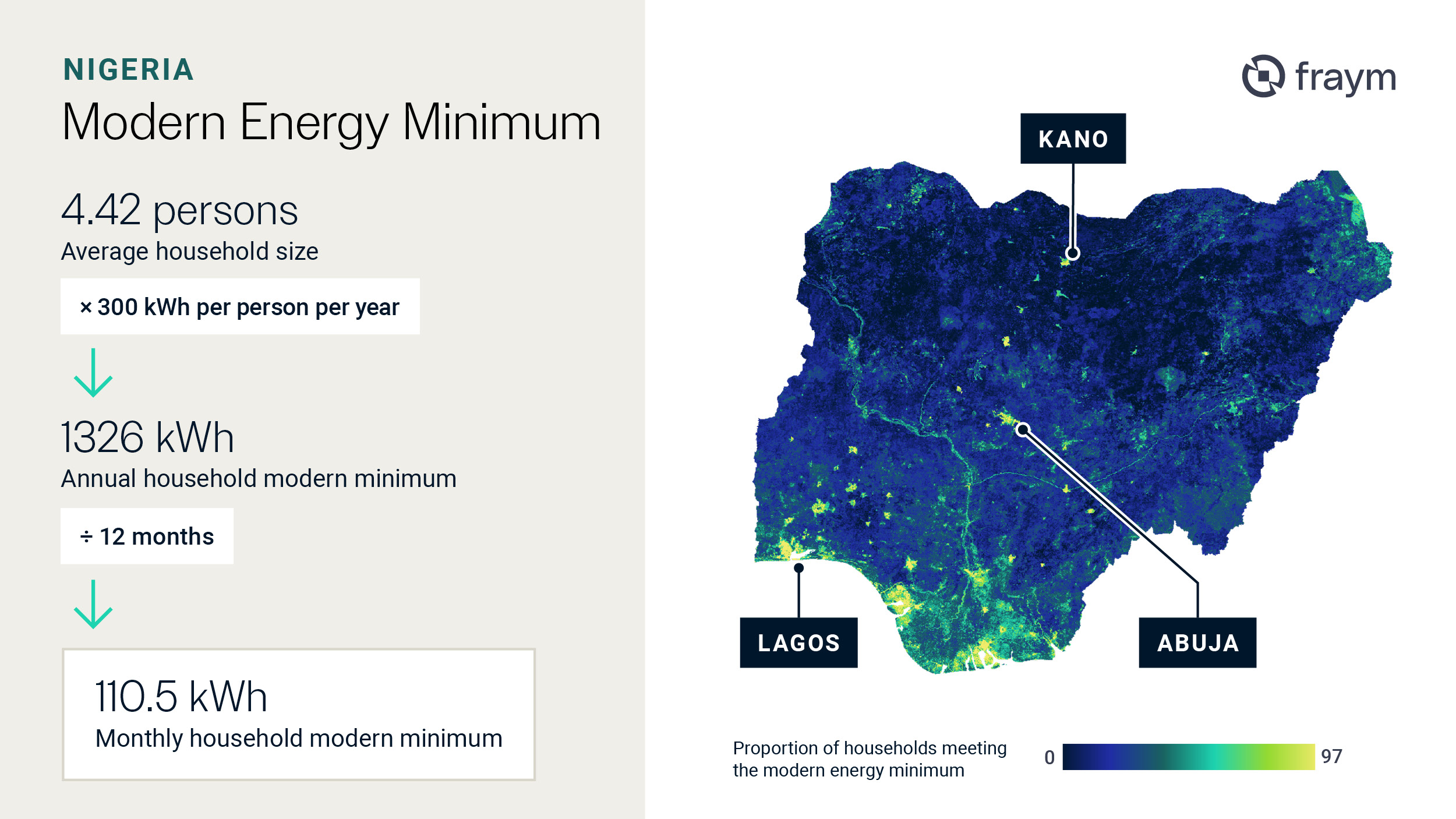Fraym and NRECA International Partner with SEforALL to Improve Energy Access in Malawi


About
The Modern Energy Minimum (MEM) is a new global electricity consumption threshold that was proposed by the Rockefeller Foundation and Energy for Growth Hub in 2020. The MEM sets a target of 1,000 kWh of electricity per person per year, which is significantly higher than the current standard of 50-100 kWh per person per year.
The MEM is based on the idea that energy is essential for human development and that access to modern energy can help people to improve their health, education, and economic opportunities. The MEM is also seen as a more accurate measure of energy access than the current standard, as it includes electricity consumption in the wider economy, such as in businesses and schools.This makes the MEM a more comprehensive measure of energy access, and it also helps to ensure that efforts to end energy poverty are truly inclusive.
Modern Energy Minimum Pilot
Fraym conducted a pilot analysis to determine what proportion of households in Kenya and Nigeria met the Modern Energy Minimum using data from existing nationally representative household surveys. These surveys collect information on ownership and use of electrified household assets such as appliances and lighting. Fraym estimated household energy consumption using data on what electrified assets a household owned, how many of each asset they owned, and how many hours per day they used them.
Findings of MEM test in Kenya
Fraym used the Multi-Tier Framework Survey (MTF) as the primary data source for the Kenya study. There were significant challenges with data availability, which raised questions about the reliability of the results including:
To workaround these issues, Fraym used data from other Sub-Saharan African nations with available MTF data such as Nigeria and Ethiopia to proxy the missing variables in the Kenya MTF. Even with these supplemental sources, Fraym could only produce consumption estimates for the following electrified assets: incandescent bulbs, CFL bulbs, radios, televisions, fans, and refrigerators. No Tier 4 or Tier 5 assets could be estimated at all.
Given the challenges with data availability, it is perhaps unsurprising that Fraym’s electrified asset methodology with MTF survey data estimated that no Kenyan households met the MEM. While the approach appears valid for estimating household energy consumption, the current data landscape has too many gaps to support viable results.
Modern Energy Minimum Pilot in Nigeria
With challenges highlighted in the Kenya MTF approach, Fraym carried out a similar test of the Modern Energy Minimum in Nigeria using a combined approach of Demographic and Health Survey (DHS) data and data from MTF surveys from Sub-Saharan African countries to proxy missing Nigeria values where available.
The Demographic and Health Survey (DHS) is a household survey that is conducted in many countries around the world. It collects information on a wide range of topics, including household energy use. In Nigeria, the DHS data was more comprehensive than the Multi-Tier Framework Survey (MTF) data, and draws from a much larger sample size, which could lead to a more representative sample of all households in Nigeria. This makes it a more reliable data source for assessing the level of energy access in the country.
Findings of the Mixed Approach in Nigeria
Using asset ownership data from the 2018 Nigeria DHS, Fraym established that only 23% of households in Nigeria meet the modern energy minimum. Even with gaps in data, this finding underscored that the vast majority of households in Nigeria do not have enough energy to meet their basic needs.
This study also found that the rate of modern energy access is much lower in rural areas than in urban areas. In rural areas, only 10% of households meet the modern energy minimum, while in urban areas, the rate is 34%. This suggests that there is a significant rural-urban divide in terms of access to modern energy in Nigeria.

Conclusion
Fraym study discovered a number of challenges that make it difficult to measure the MEM using existing data sources. However, there are a number of ways that Fraym is already addressing these challenges:
With these initiatives, Fraym is working with global development actors, national governments to ensure that reliable data is available to track progress towards the global goals like MEM and to identify the most effective ways to improve the lives of millions of people around the world.